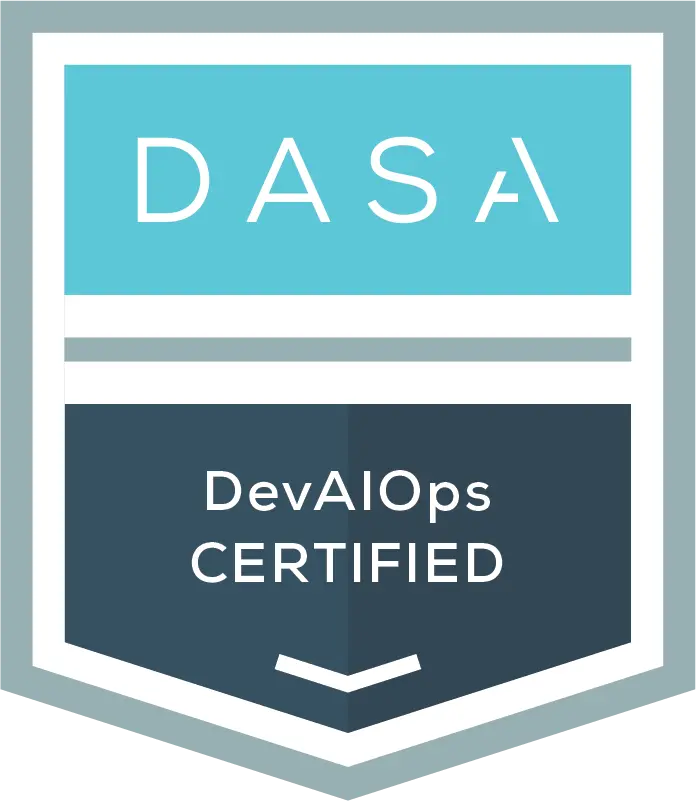As organizations navigate the complexities of governance and compliance, the integration of Artificial Intelligence (AI) and human expertise becomes a transformative approach to enhance efficiency, mitigate risks, and ensure regulatory adherence. This article delves into how AI can improve governance and compliance practices, offering insights and strategies to achieve the best outcomes.
The Critical Role of AI in Governance and Compliance
Governance and compliance often clash with change and technological growth, creating friction between regulatory adherence and accelerating innovation. The integration of AI can bridge this gap by providing real-time data analytics, enhancing decision-making, and reducing operational bottlenecks. A McKinsey survey highlights that AI can improve business efficiency by up to 40% and reduce operational costs by 30%, illustrating its significant impact on organizational performance.
AI requires substantial human interaction to ensure its effectiveness. Human expertise is crucial in data cleansing, validation, and the interpretation of AI-generated insights. The synergy between AI and human intelligence fosters a robust governance framework that is both efficient and compliant.
Practical Applications of AI in Governance and Compliance
AI can significantly enhance efficiency and reduce costs by automating routine compliance tasks, ensuring timely adherence to regulations while minimizing the manual workload for compliance officers. This not only lowers operational costs but also allows team members to focus on more strategic activities. For example, AI can swiftly detect changes in regulatory requirements and alert relevant teams, preventing compliance breaches and potential fines.
Additionally, AI provides real-time access to data, enabling decision-making based on the most current and accurate information, which is crucial in industries where data becomes outdated quickly. AI also enhances fraud detection and security by analyzing patterns and anomalies in large datasets, allowing it to identify potential threats faster than traditional methods and alert security teams, strengthening the organization’s overall security.
Building an AI-Governance Framework
Effective AI integration starts with a comprehensive governance plan that outlines processes for data management, risk assessment, and compliance monitoring. This plan ensures AI systems are developed and deployed in a controlled, transparent manner, with clear accountability and oversight throughout the organization.
A strong AI foundation relies on high-quality data, requiring organizations to implement robust data cleansing and validation processes. This ensures the accuracy and relevance of the data used by AI systems, preventing biases and enhancing the reliability of AI-generated insights. Additionally, close collaboration between data science teams and business units helps to align AI models with business goals. Regular communication and feedback loops help refine AI models, ensuring they address real-world challenges effectively.
Key Benefits of Integrating AI in Governance and Compliance
AI-driven processes improve both efficiency and transparency in compliance tasks by automating routine activities and providing real-time insights. This reduces the workload on compliance teams, enhances productivity, and ensures more transparent operations. Additionally, AI can help businesses save money by automating labor-intensive processes and scaling to meet growing compliance demands without requiring additional resources.
AI also strengthens risk management through predictive analytics, enabling organizations to identify potential compliance issues before they escalate. By delivering early warnings and actionable insights, AI helps businesses proactively address risks, ultimately avoiding costly non-compliance penalties.
Addressing Key Concerns with AI Integration
AI integration requires careful attention to data privacy and security, as organizations must implement robust measures to protect sensitive information and comply with data protection regulations. Ensuring the security of data is essential to prevent breaches and maintain trust.
Another key concern is algorithmic bias and accuracy. AI systems can unintentionally perpetuate biases from their training data, so it’s crucial to regularly audit models for fairness and ensure they are trained on diverse, representative datasets. Continuous data validation is also necessary to maintain the accuracy of the source data, which is critical to the reliability of AI outputs.
Lastly, organizations must address ethical considerations by ensuring that AI systems are used responsibly and transparently. Establishing clear ethical guidelines and accountability mechanisms helps maintain trust and uphold the integrity of AI deployments.
Future Trends and Advancements
AI is set to transform compliance with solutions like automated regulatory reporting, enhanced fraud detection, and real-time risk assessment. These advancements improve efficiency and provide a competitive advantage by enabling quicker and more accurate decision-making. Additionally, AI supports the creation of centralized data repositories, offering a single source of truth for compliance and governance data. This centralization improves coordination across business units and ensures consistent compliance practices.
AI systems are designed for continuous learning and improvement, becoming more accurate and effective as they process more data. This ability to adapt is crucial for keeping up with evolving regulatory requirements and emerging threats, ensuring that compliance practices remain up-to-date.
Conclusion
The integration of AI and human expertise in governance and compliance offers transformative potential for organizations. By leveraging AI’s capabilities in data analytics, automation, and risk management, coupled with human judgment and oversight, organizations can improve their compliance practices. Organizations must commit to integrating AI thoughtfully and strategically, ensuring that they harness its full potential while addressing inherent risks and ethical considerations.


DASA DevAIOps
Adopt and adapt DevAIOps practices effectively, achieving faster time-to-market and time-to-value.
